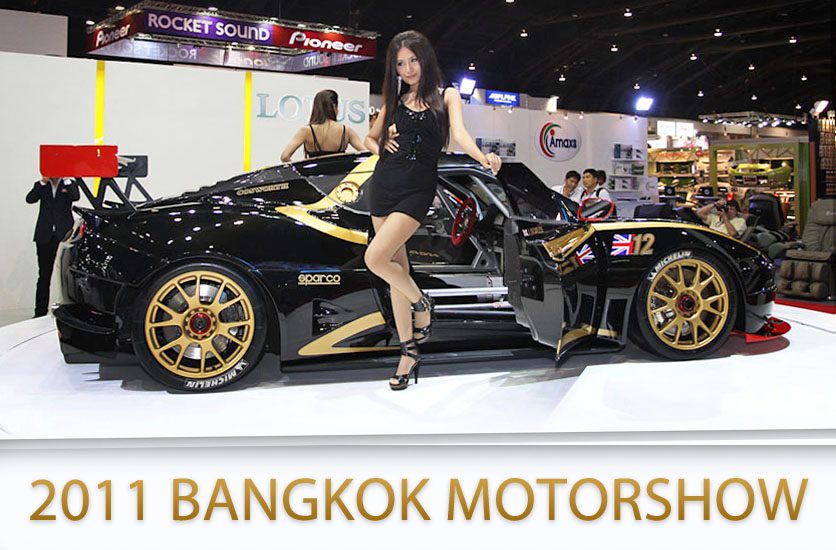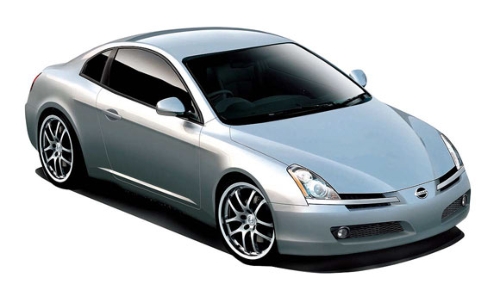Reply to thread
-
See what others are reading now! Try Forums > Current Activity
You are using an out of date browser. It may not display this or other websites correctly.
You should upgrade or use an alternative browser.
You should upgrade or use an alternative browser.
The Marketplace Latest
-
Honda City Modulo bodykit
- Started by jeff6126
- Exterior and Body
-
BMW F10 M5 bumper
- Started by jeff6126
- Exterior and Body
-
Honda Civic FC Front Grille
- Started by jeff6126
- Exterior and Body
Posts refresh every 5 minutes

The on-going 2011 Bangkok Motorshow continues to wow show-goers with ever improving quality of attractions be it cars, show...
Hi guys
I have some FC body parts for sale and some interior once
-Fenders (slightly dented)
-Front bumper with all the signal lights
-Headlights
-Front hood
-Dashboard with the meter
-Aircod controller unit...
I have some FC body parts for sale and some interior once
-Fenders (slightly dented)
-Front bumper with all the signal lights
-Headlights
-Front hood
-Dashboard with the meter
-Aircod controller unit...

If the GT-R signifies Nissan's Innovation, the 350z signifies their heritage, then the Silvia (or the 240sx or the 200sx or the 180sx) is the model...
Recent Posts
-
Tire Price list Zth
- Started by xbalance2002
- Wheel And Tyre
Search
Enjoying Zerotohundred?
Log-in for an ad-less experience
